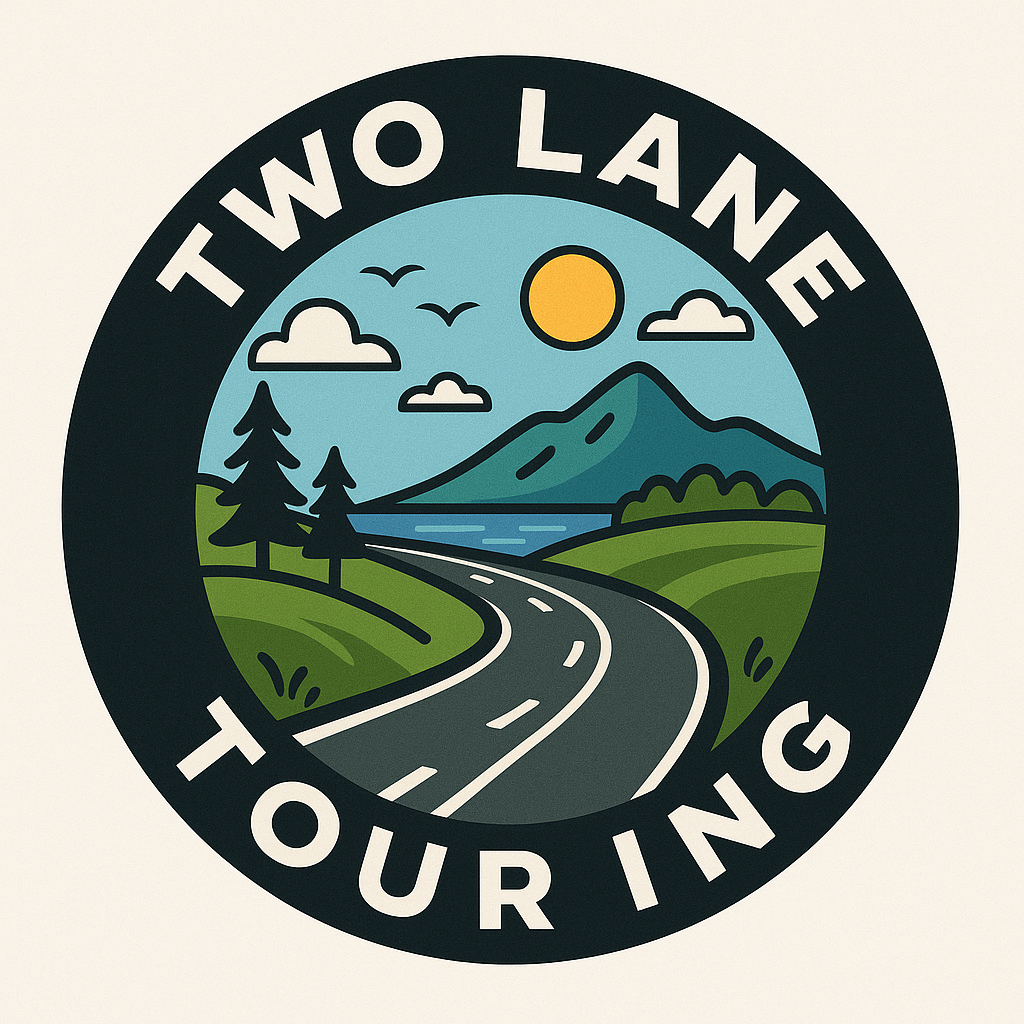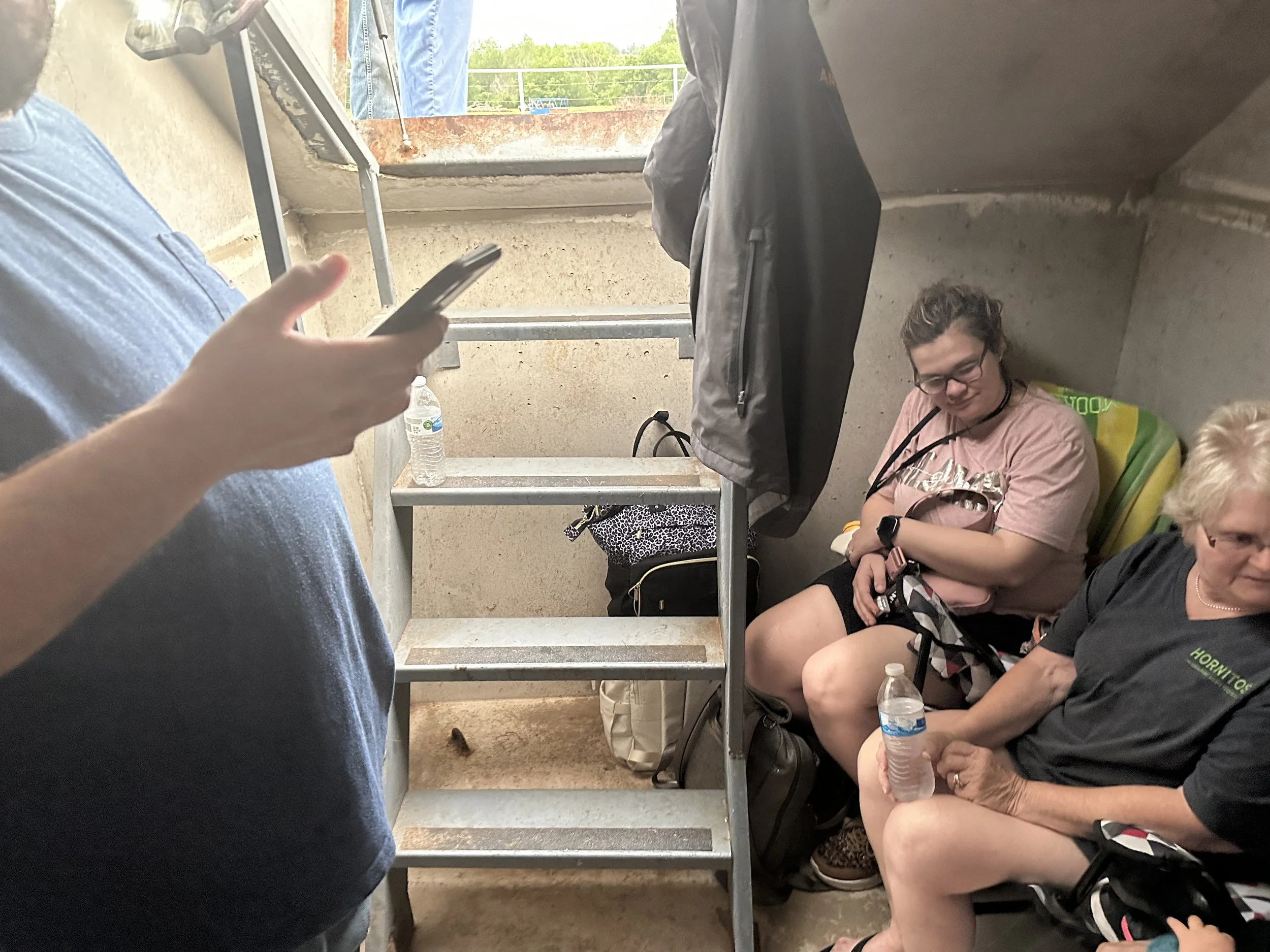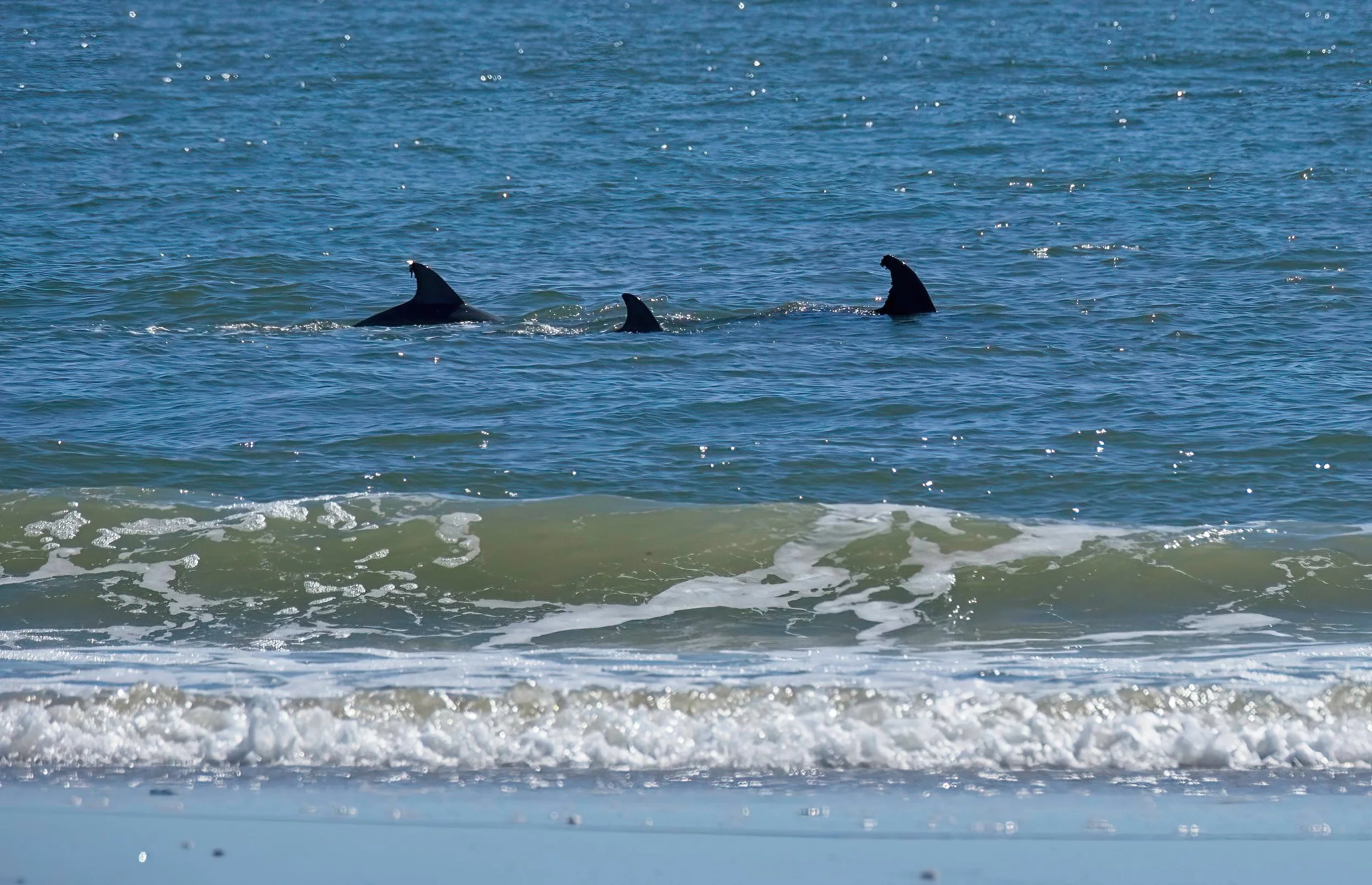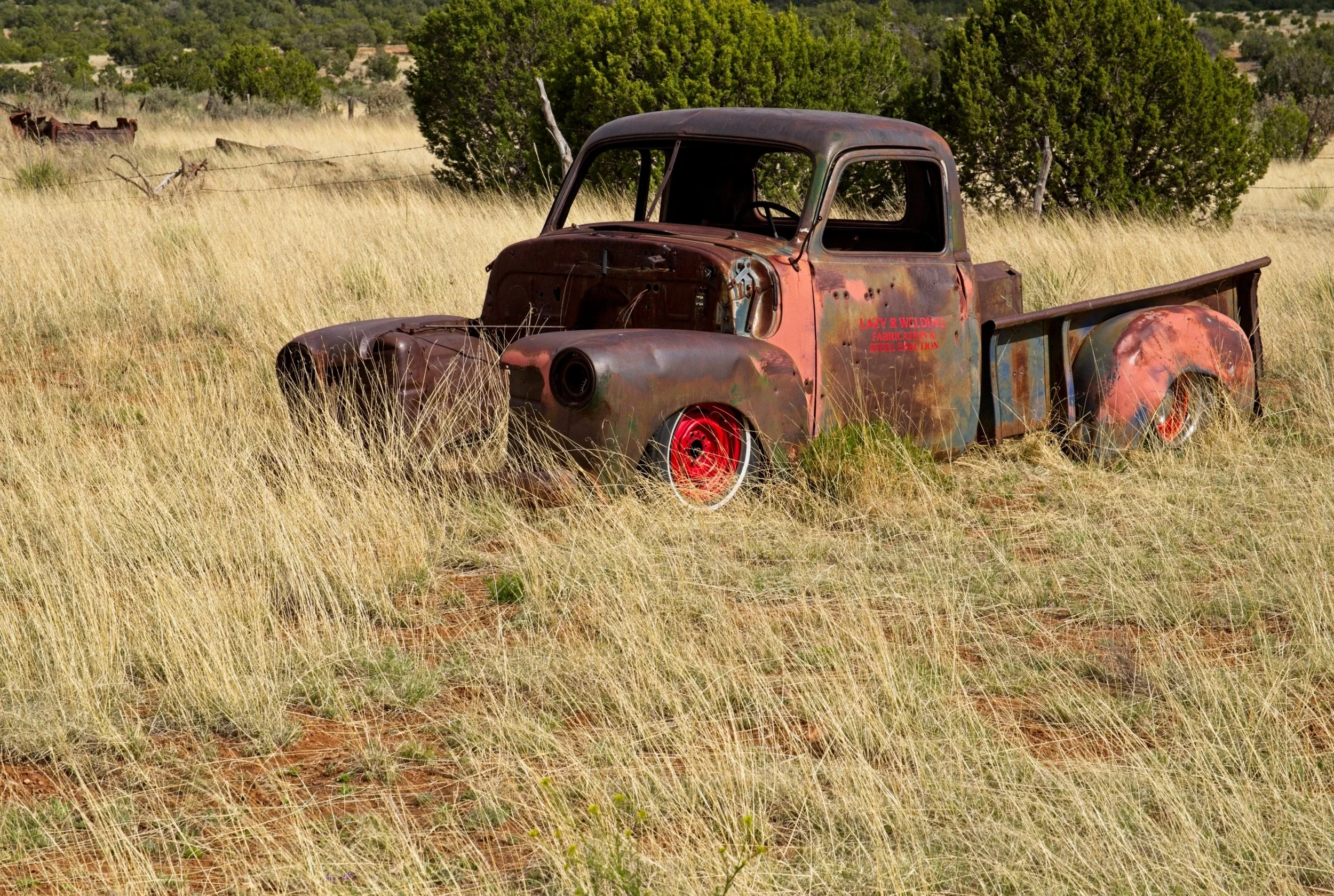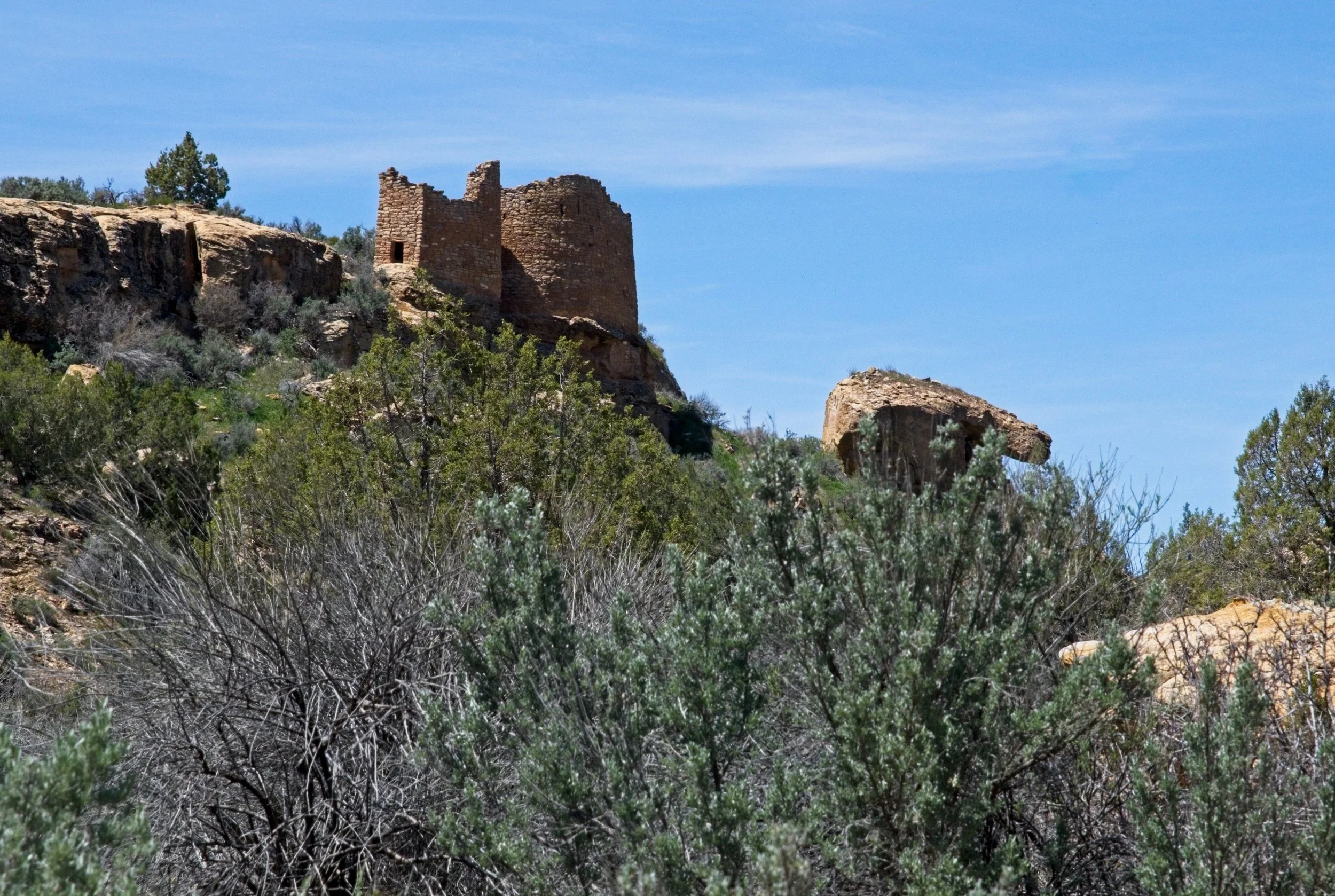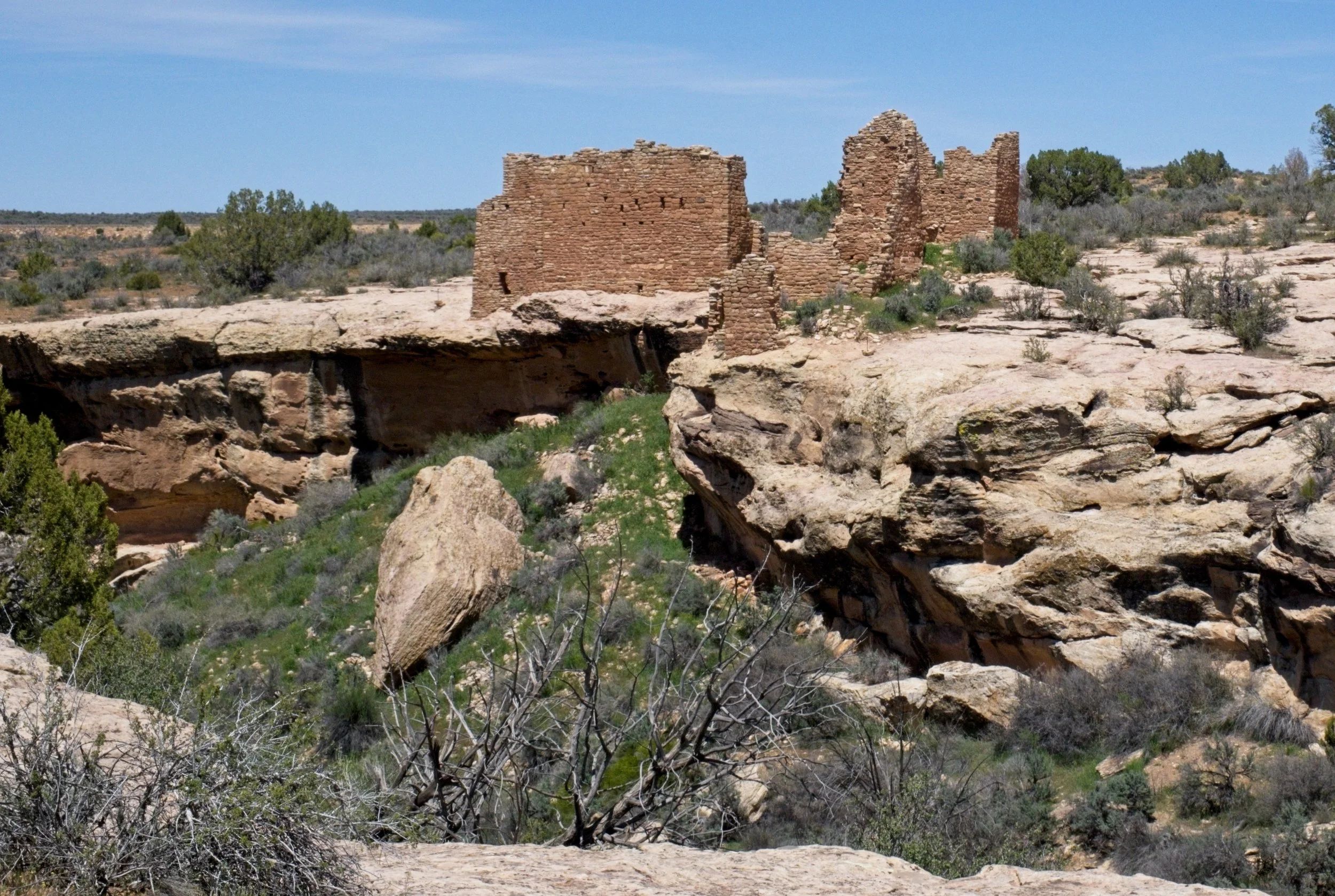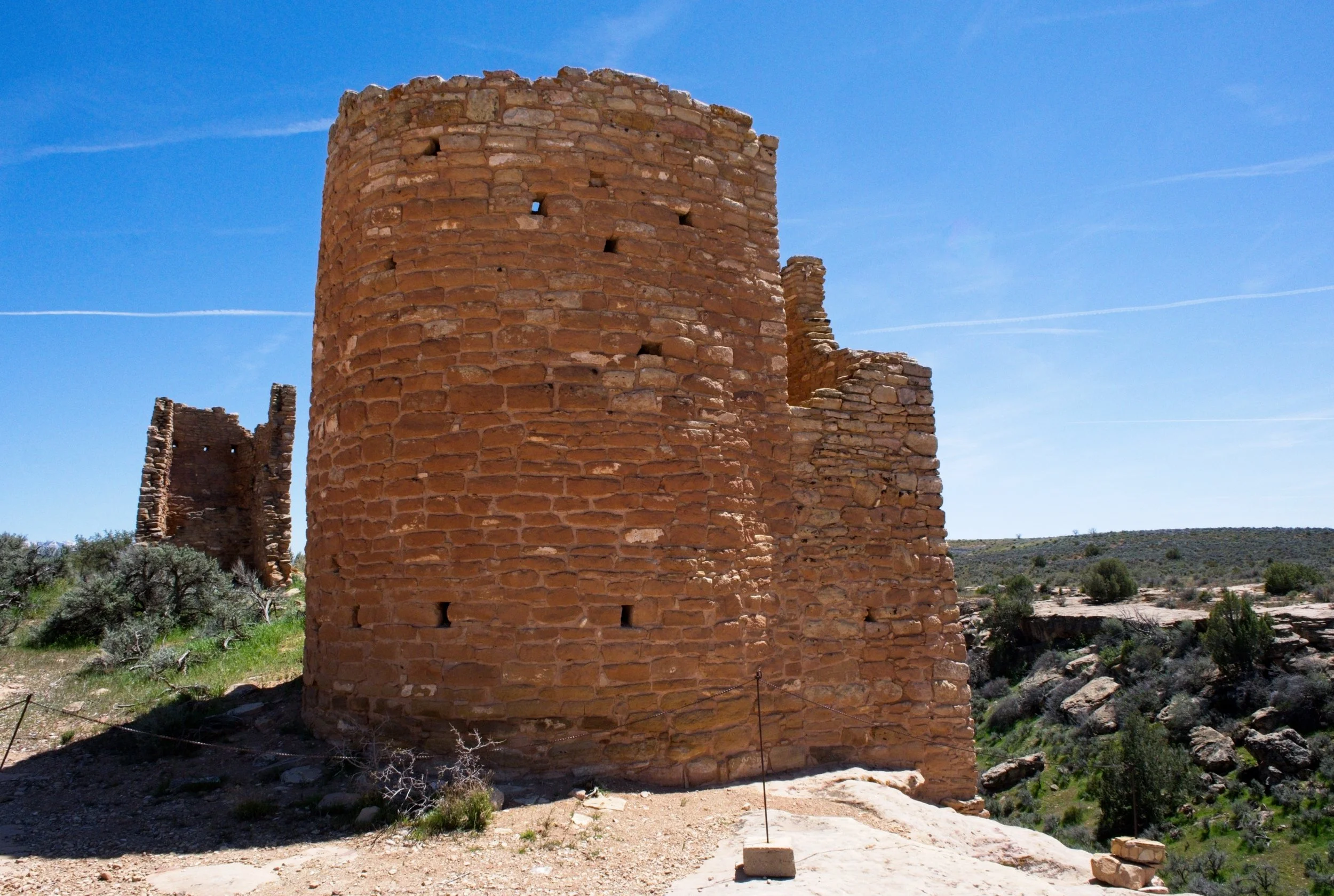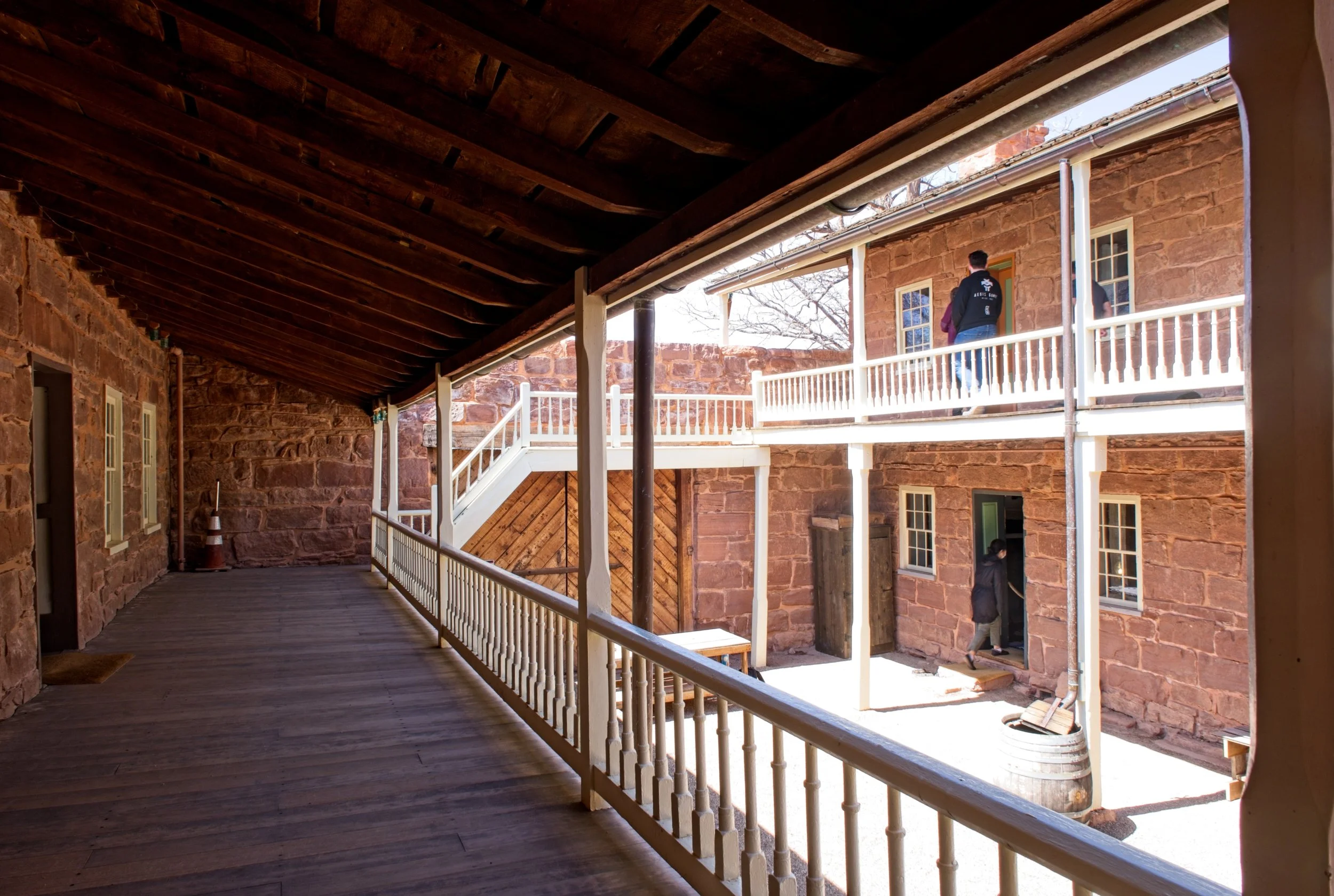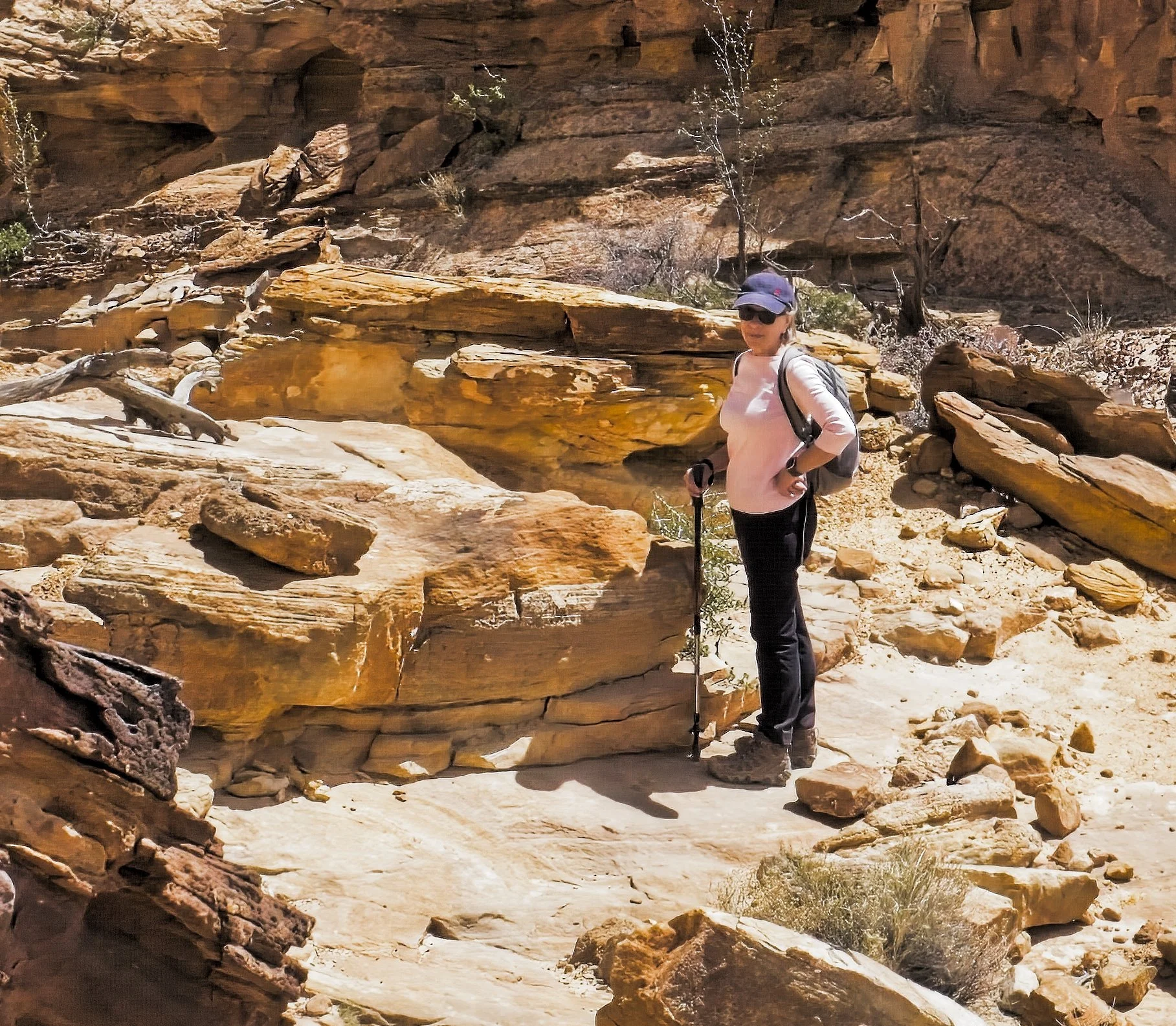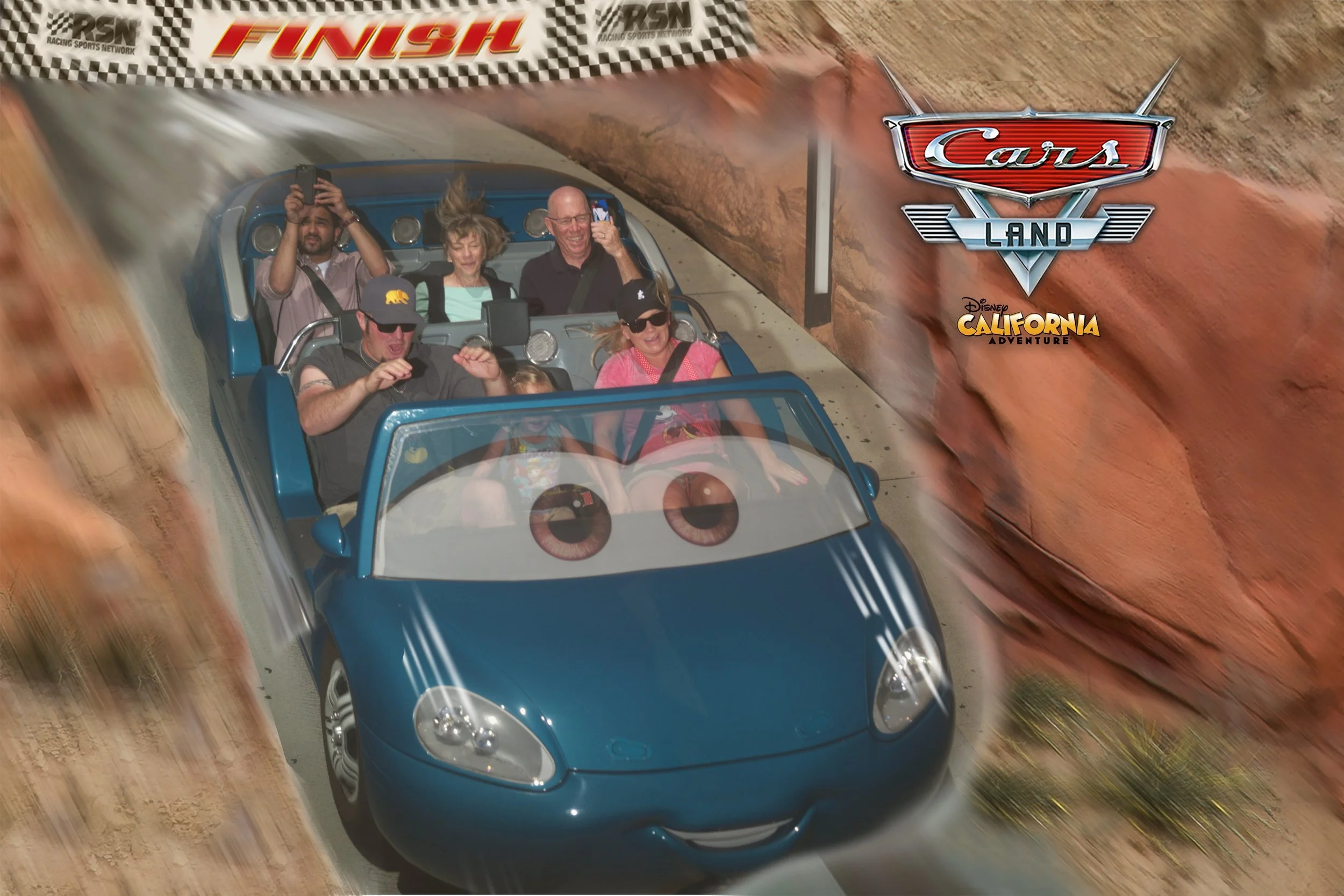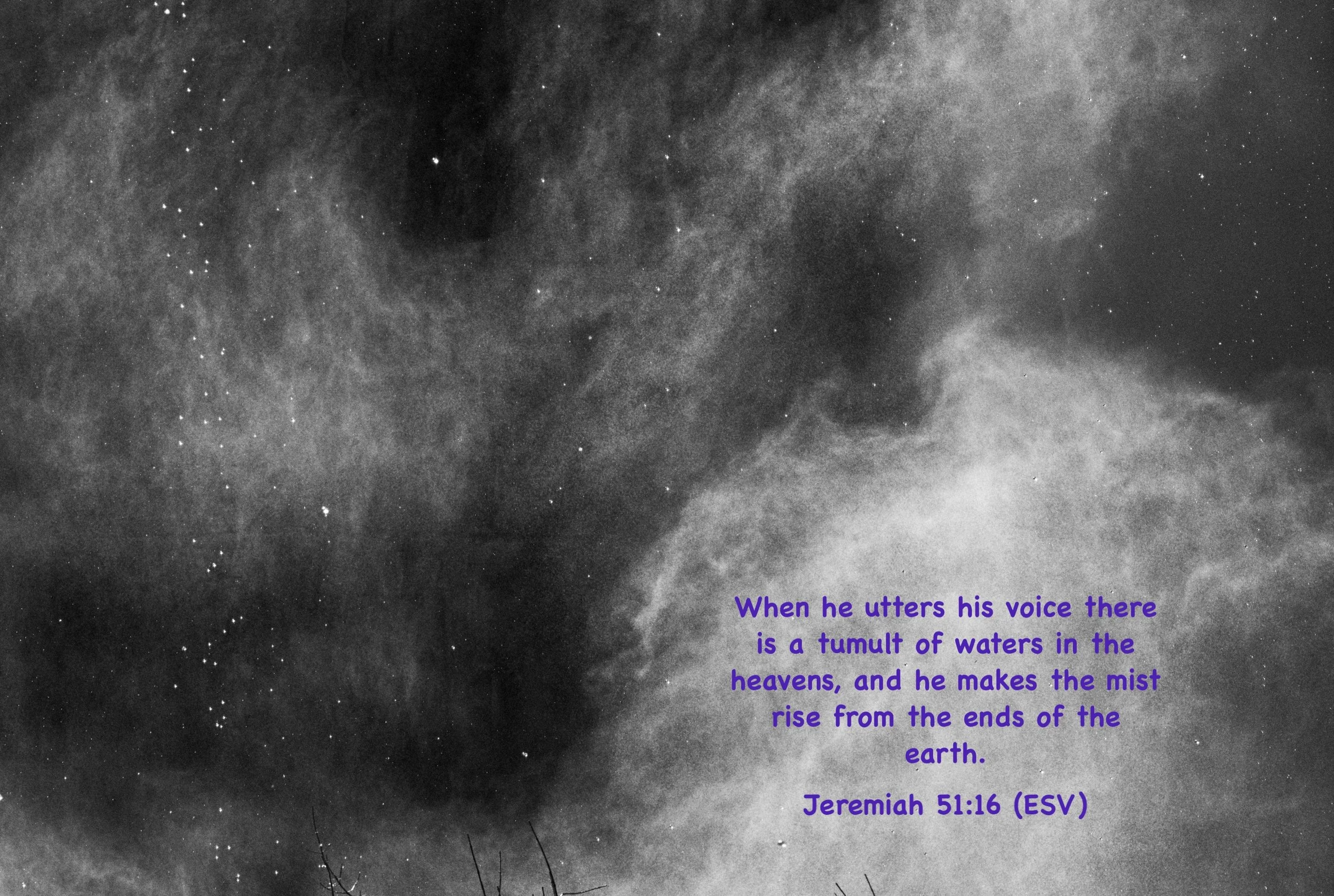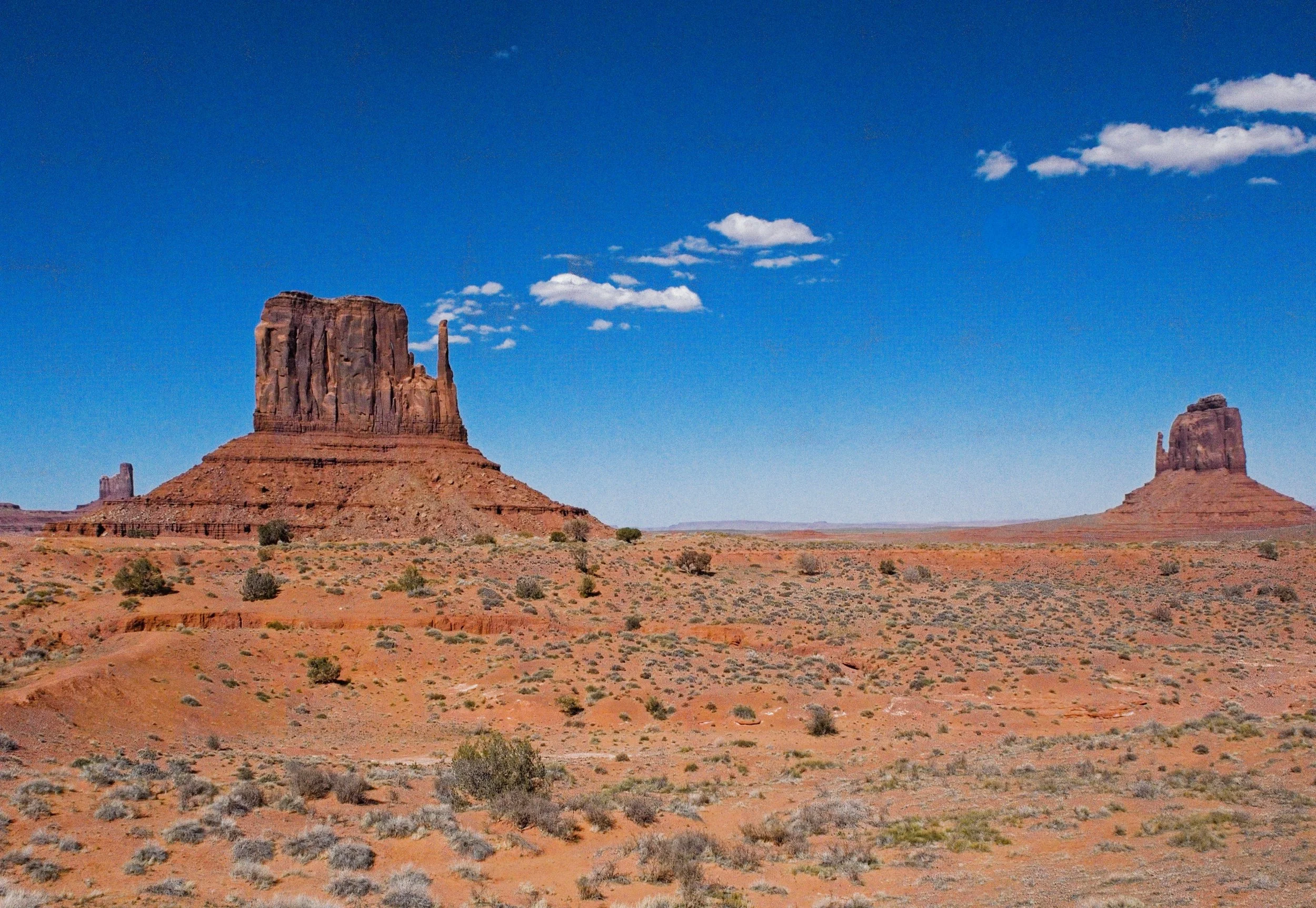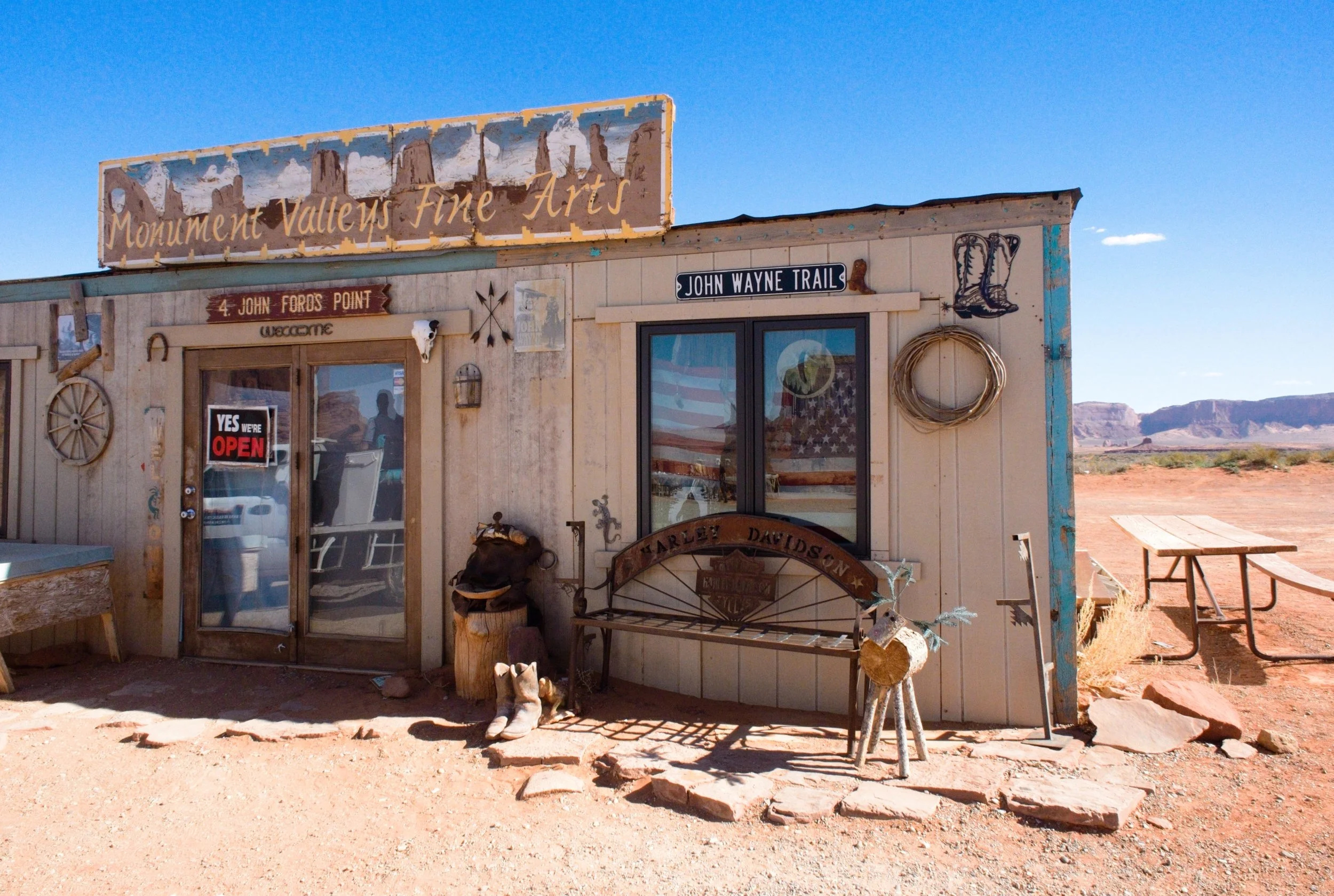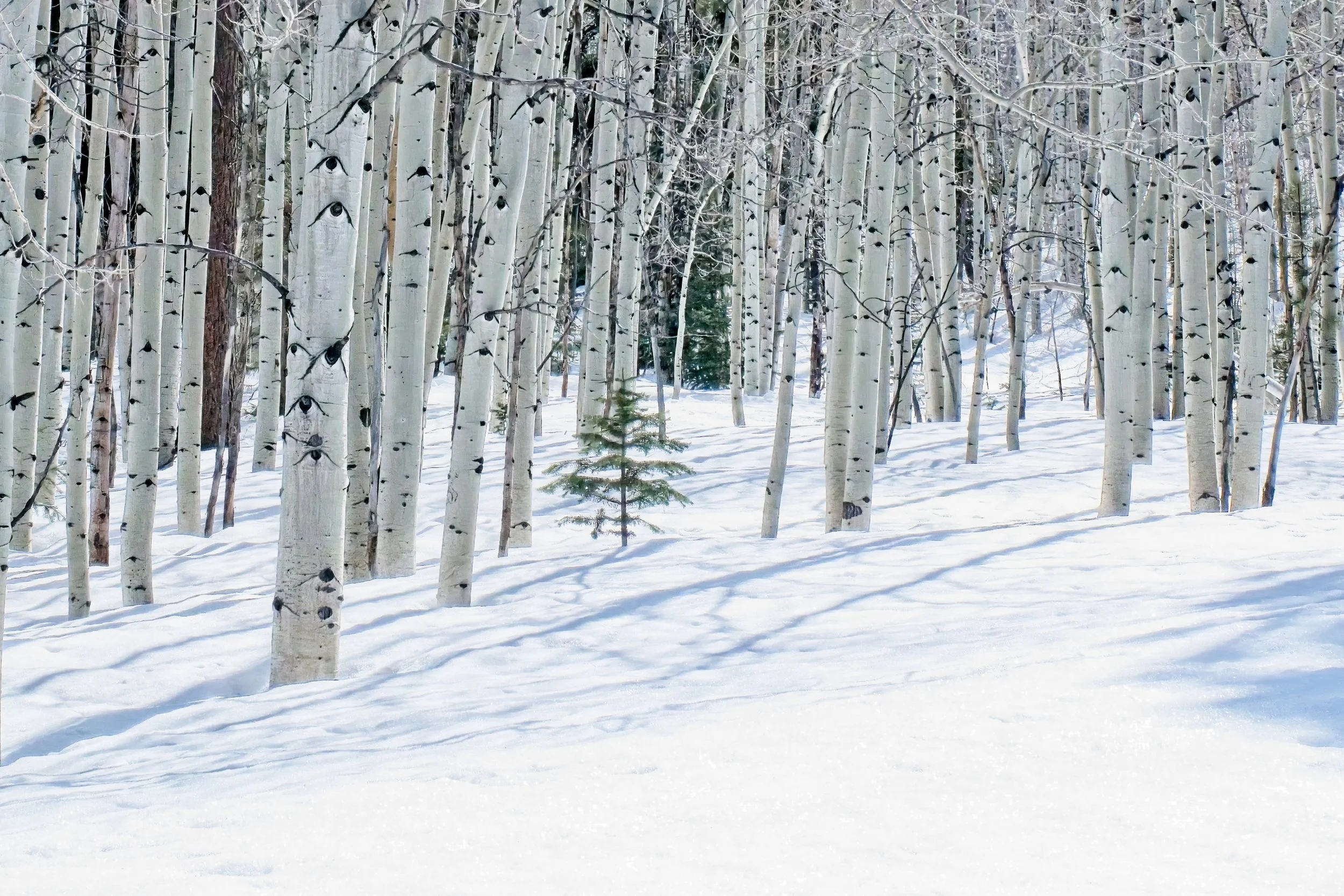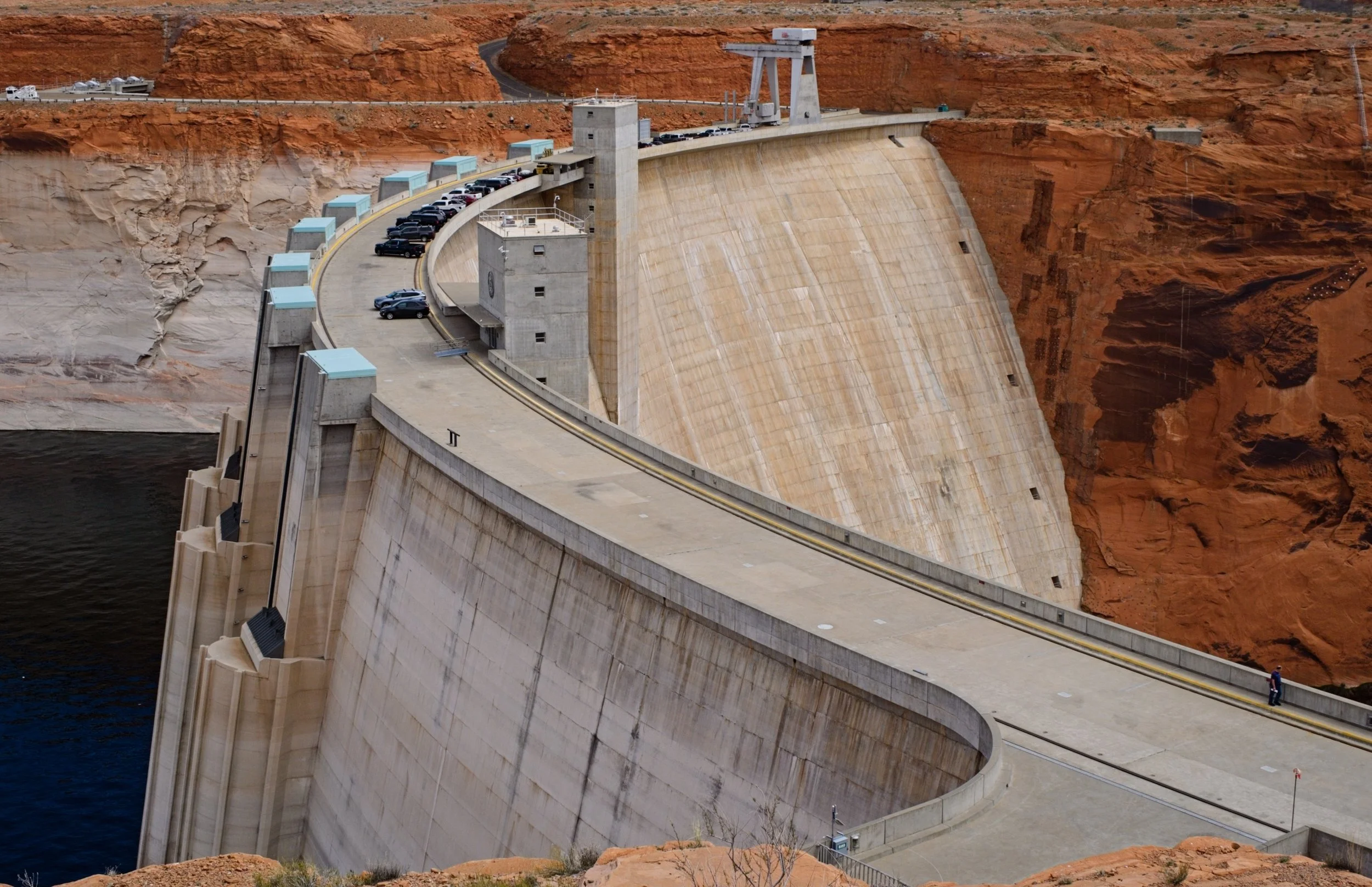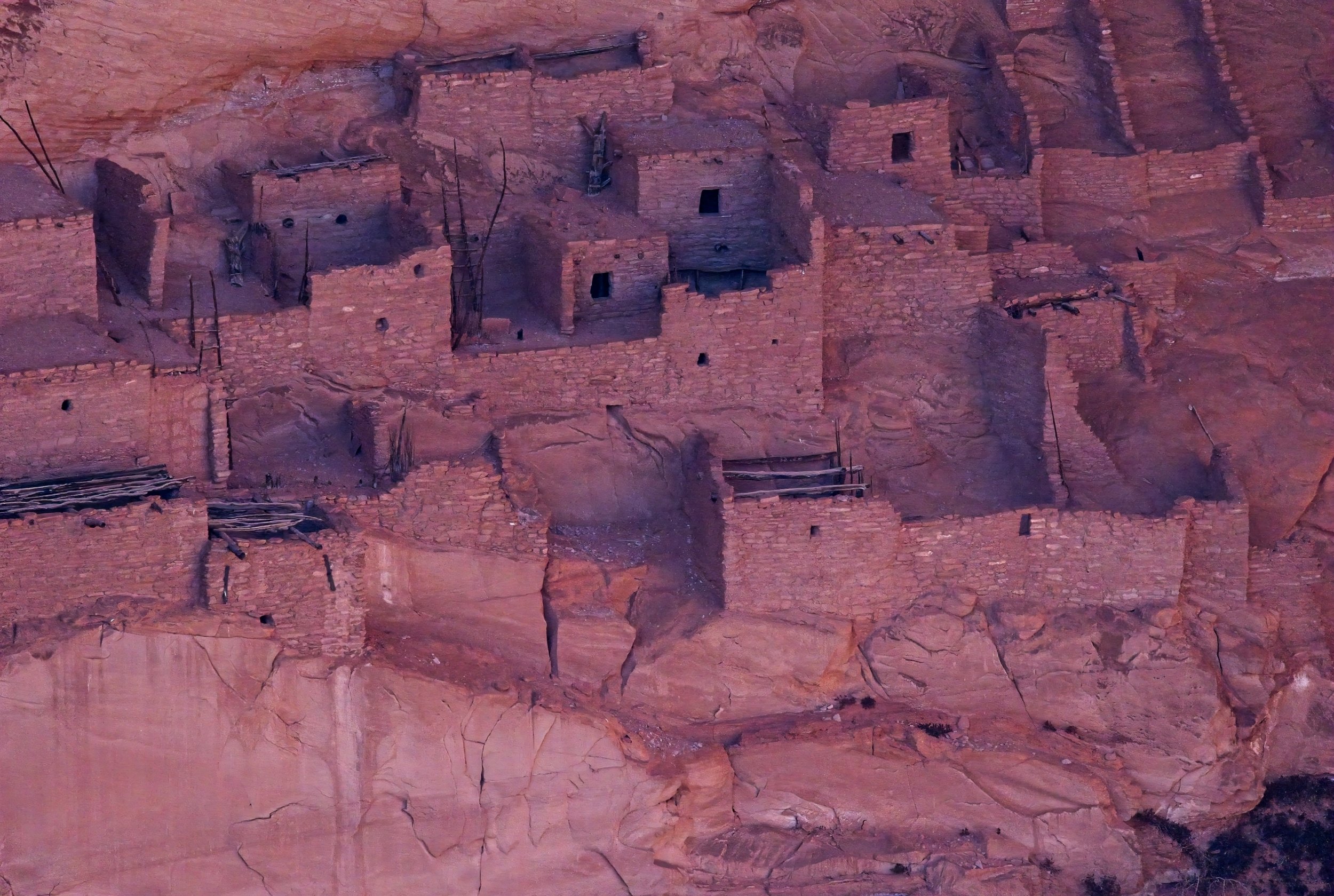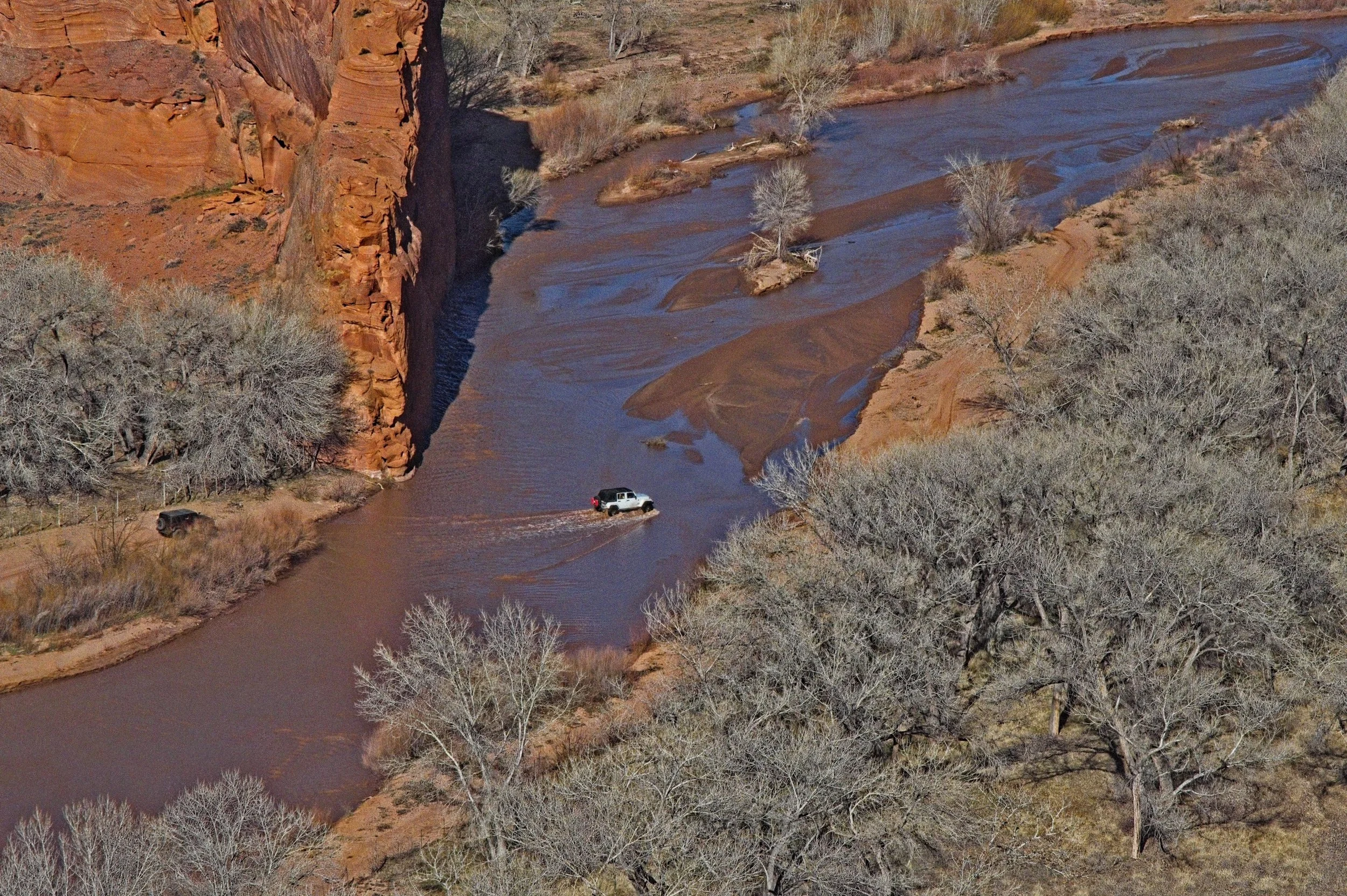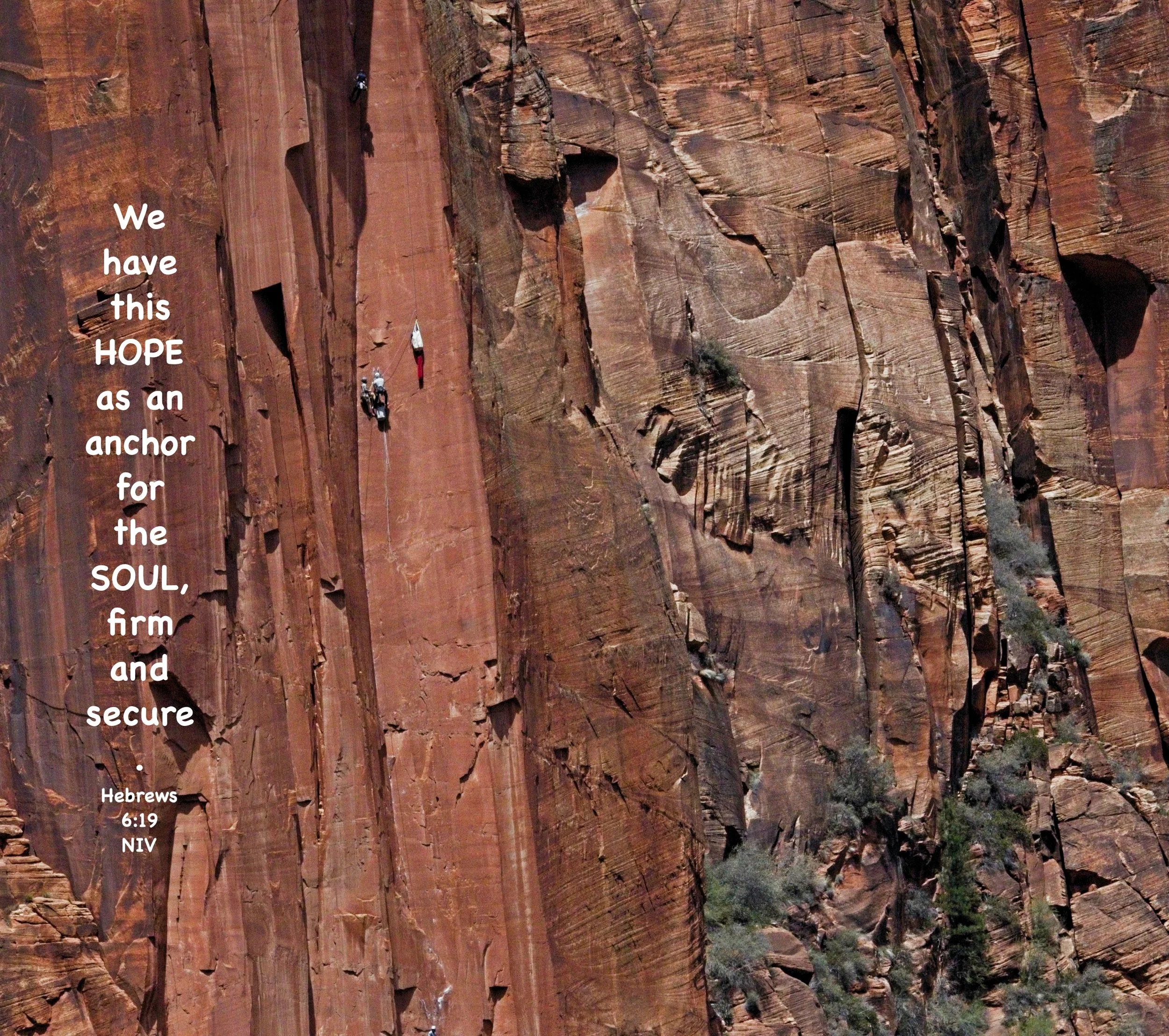You need water, lots of water, crossing the high deserts of NM. Water for you and your animals that keep you alive and tote your household goods, or soldiers, or freighters. That’s what brought the Indians here, the Spanish here, the settlers here, the miners here, the soldiers here and the railroad men here. And they left their mark on the high walls surrounding the fresh water spring that still flows. Indian petroglyphs, paragraphs in Spanish - including one from a future governor and names and dates scratched or painstakingly carved into the basalt. Over 2000 of them and many with stories researched and presented in a small booklet they loan you to use at the site. One 12 year old girl was wounded by an arrow in an Indian attack that left 9 others dead. She recovered, made the journey and became a schoolteacher in the gold fields. Super cool place.
The pool against the rock face
Spanish
Indian, some of the Indian date from about 700
Soldiers, the impossibly neat Mr Breckenridge was KIA in 1862.
Railroad survey team
